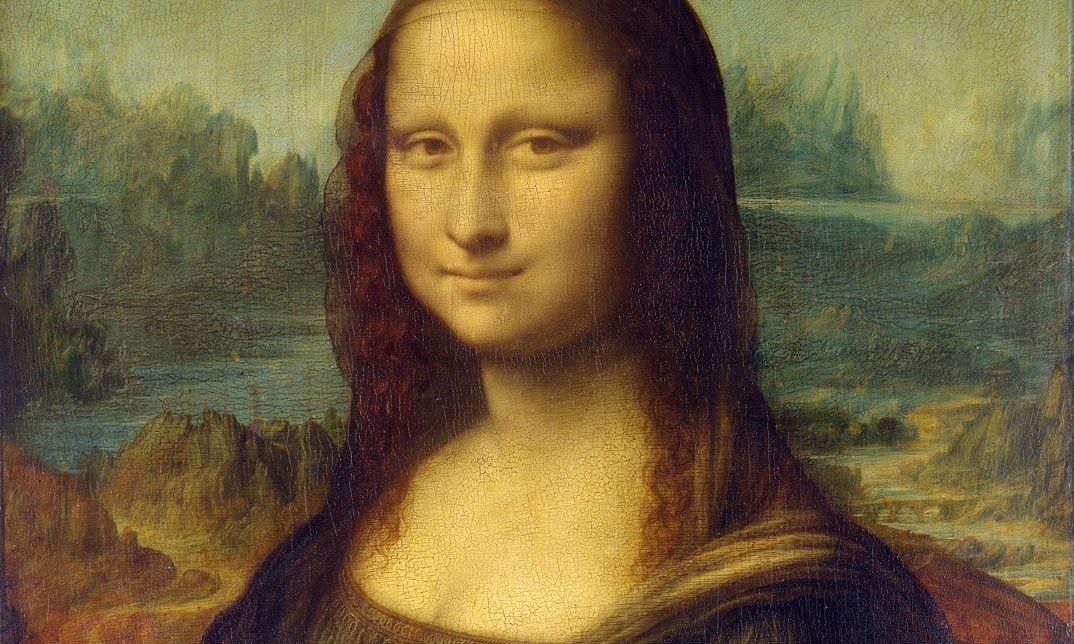Ann Pizzorusso’s theory is the latest in a string Leonardo da Vinci’s Mona Lisa (around 1503-19)
A US geologist says she has cracked one of art history’s biggest mysteries—the location in which Leonardo da Vinci’s Mona Lisa is set. Ann Pizzorusso, who says online that she has worked in “oil drilling and gem hunting”, believes that the hazy landscape behind the celebrated enigmatic sitter draws on the northern Italian city of Lecco.
At a geology conference recently held in Lecco, Pizzorusso said she had identified the southwestern Alps overlooking the city as a key element in the backdrop of the world’s most famous painting, which is housed at the Louvre in Paris.
According to the Guardian, Pizzorusso matched Leonardo’s bridge, the mountain range and the lake in the Mona Lisa to Lecco’s 14th-century Azzone Visconti bridge, the Alps overlooking the area and Lake Garlate, which Leonardo is known to have visited 500 years ago. To back up her findings, she traced Leonardo's footsteps across northern Italy using his own field notes.
Pizzorusso has previously examined geological depictions in Leonardo’s art, presenting findings in her book Geologic Representations in the Virgin and Child with St. Anne (2021) and the academic paper Leonardo's Geology: The Authenticity of the Virgin of the Rock (2017).
The UK art historian and Leonardo specialist Martin Kemp dismissed the idea, however. Speaking to the news platform CBS, he pushed back on the notion that Leonardo was necessarily depicting “specific, identifiable landscapes”. He said: “He’s [Leonardo] looking at real things with incredible intensity, but he then remakes them in painting. Why he should put a landscape of Albinor or a landscape of Arezzo or landscape of wherever is completely unclear.”
Francesca Fiorani, Commonwealth professor of art history at the University of Virginia, agrees with Kemp. “Leonardo studied nature, mountains, rivers, rocks with great attention and an incredibly keen eye, and that knowledge informs his art, but the landscapes of his painting, including the landscape of the Mona Lisa, are his personal imaginary rendition of nature, not copies of actual landscapes. To claim otherwise means not understanding how Leonardo’s mind worked and how he painted,” she tells The Art Newspaper. Vincent Delieuvin, the chief curator of 16th-century Italian paintings at the Louvre, declined to comment.
There have been other theories about the mysterious mise-en-scene. In a 2013 book entitled Codice P (Code P), the geomorphologist Olivia Nesci from the University of Urbino and the artist Rosetta Borchia claimed that the landscape is Montefeltro, seen from the heights of the Valmarecchia valley in northern Italy.
Meanwhile, last year the art historian Silvano Vinceti suggested that the overpass depicted in the 16th-century painting is the Romito bridge, which used to span the Arno River in the village of Laterina in Tuscany.

